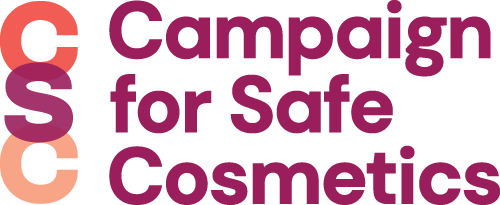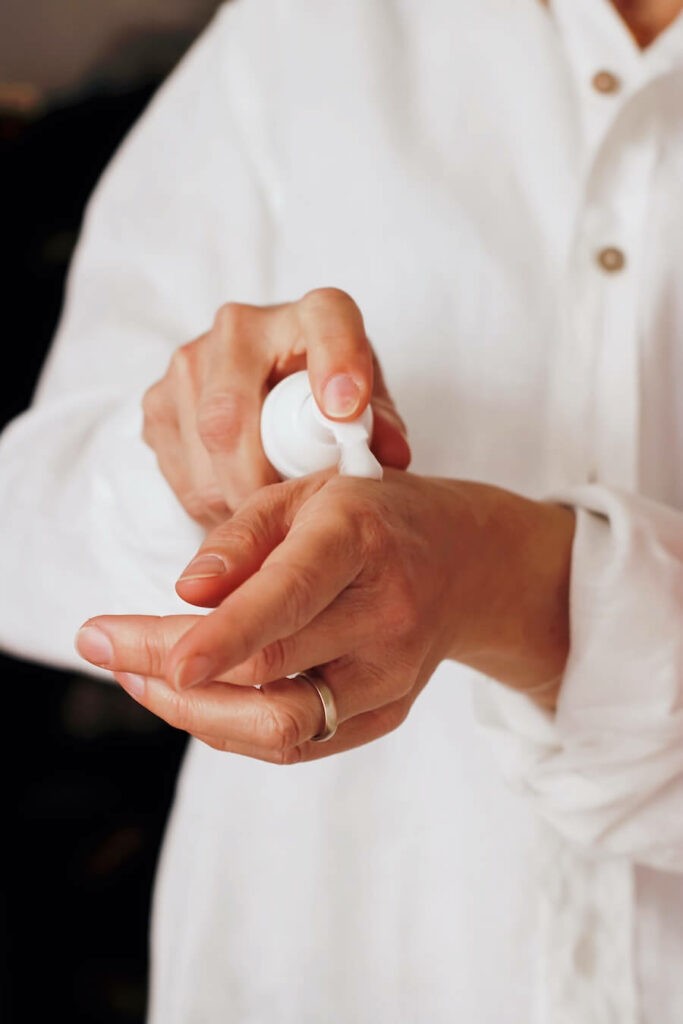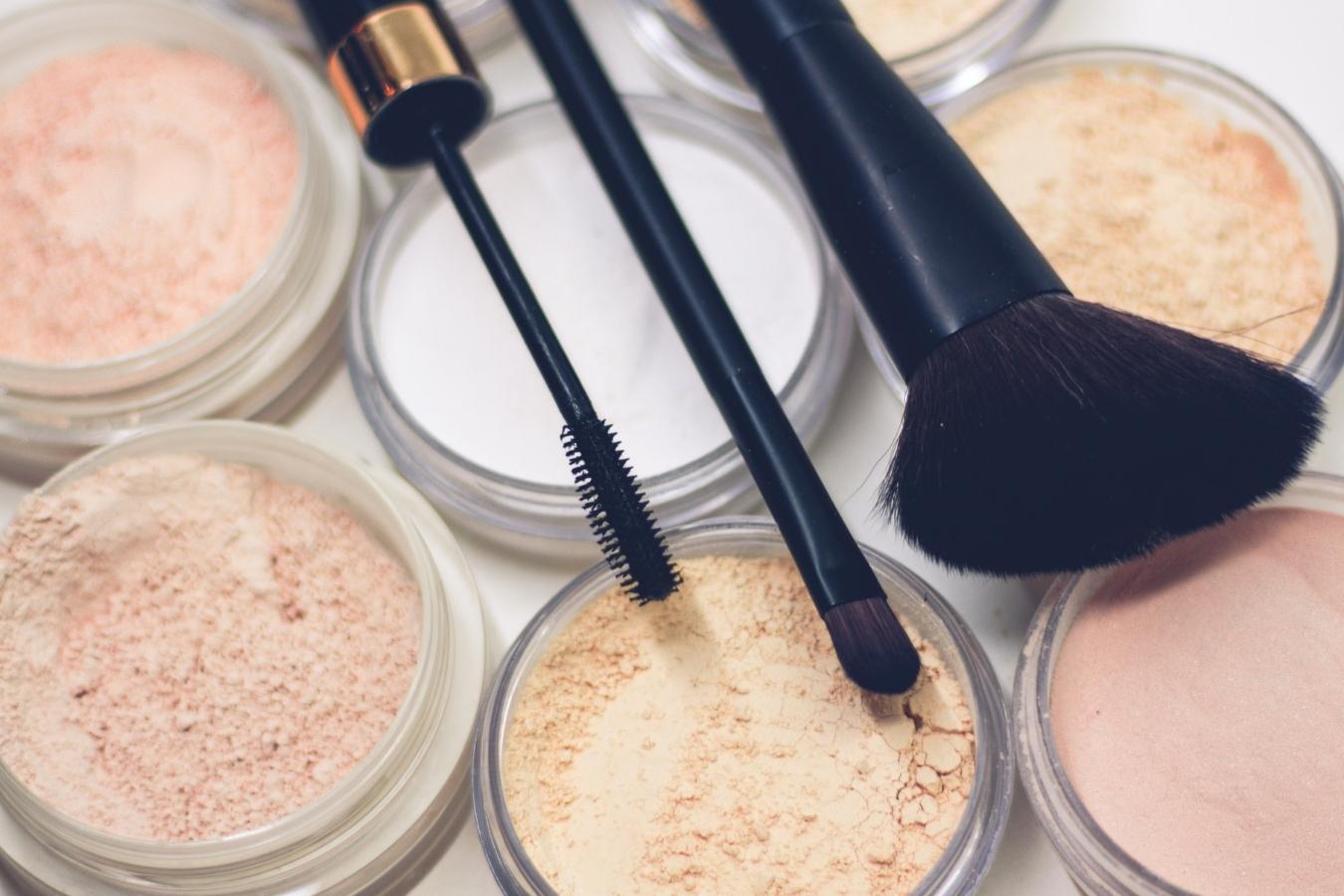The U.K.’s Department for Business, Enterprise and Regulatory Reform characterizes nitrosamines as toxic in more animal species than any other category of chemical carcinogen.[1] While common in cosmetics, nitrosamines are not listed on product labels because they are impurities, but avoiding products with DEA and TEA is a start.
WHAT ARE NITROSAMINES?
Nitrosamines form when certain compounds such as diethanolamine (DEA) or triethanolamine (TEA) are used in products along with preservatives that can break down into nitrates.
As these compounds break down over time, they can recombine into nitrosamines. DEA and TEA are additives commonly used in cosmetics to adjust the pH level or to act as wetting agents.[2] Other ingredients with “amine” in the name (which indicates amino acids, or building blocks of proteins) can indicate the potential for nitrosamine contamination. Nitrosamines can form in nearly every kind of personal care product, including mascara, concealer, conditioner, baby shampoo, pain-relief salve and sunless tanning lotion.


































